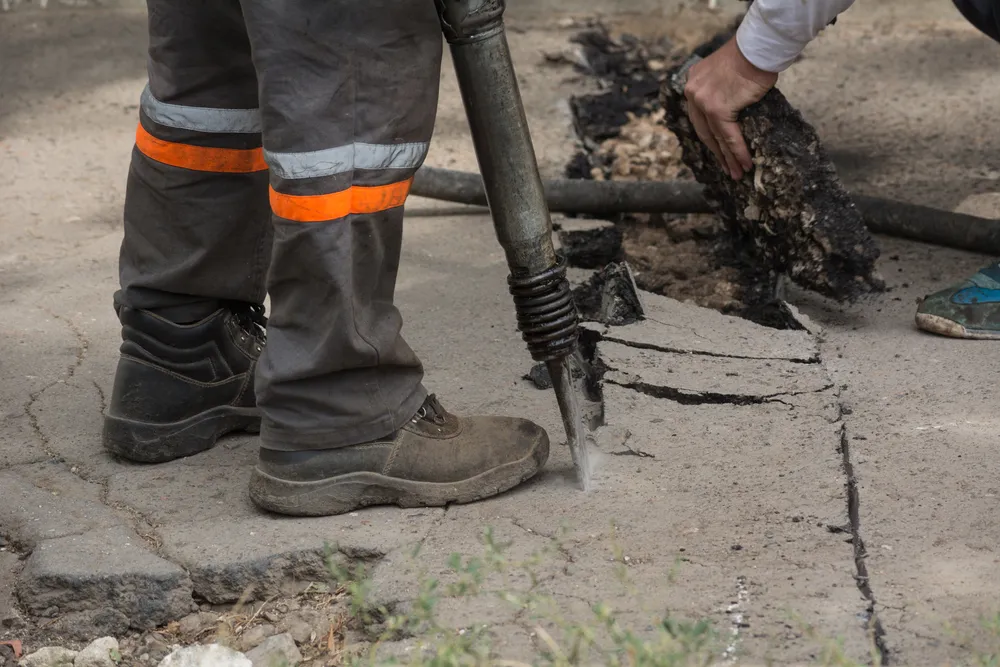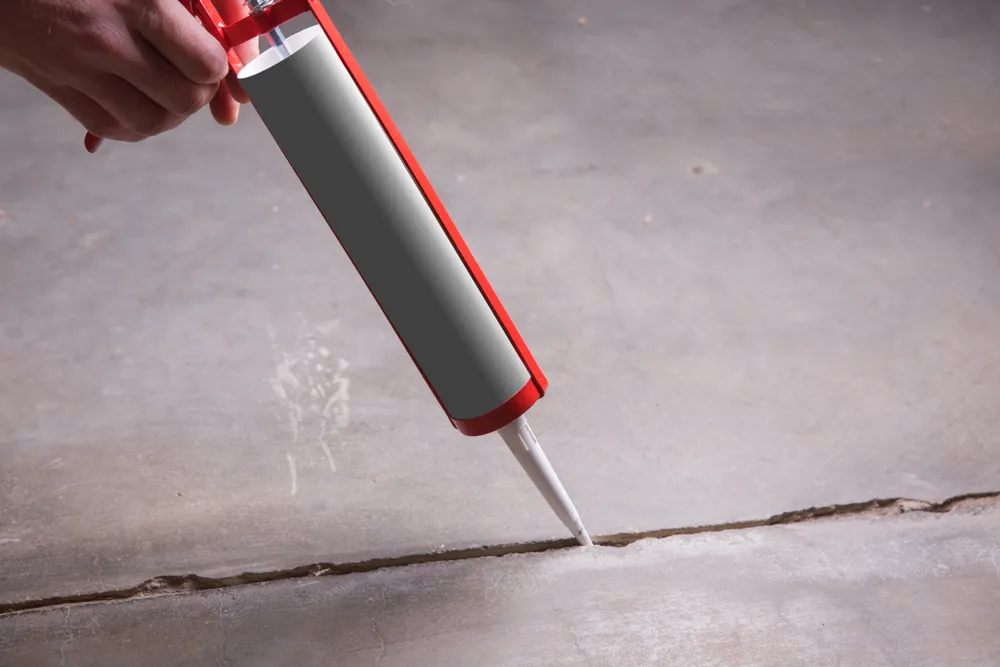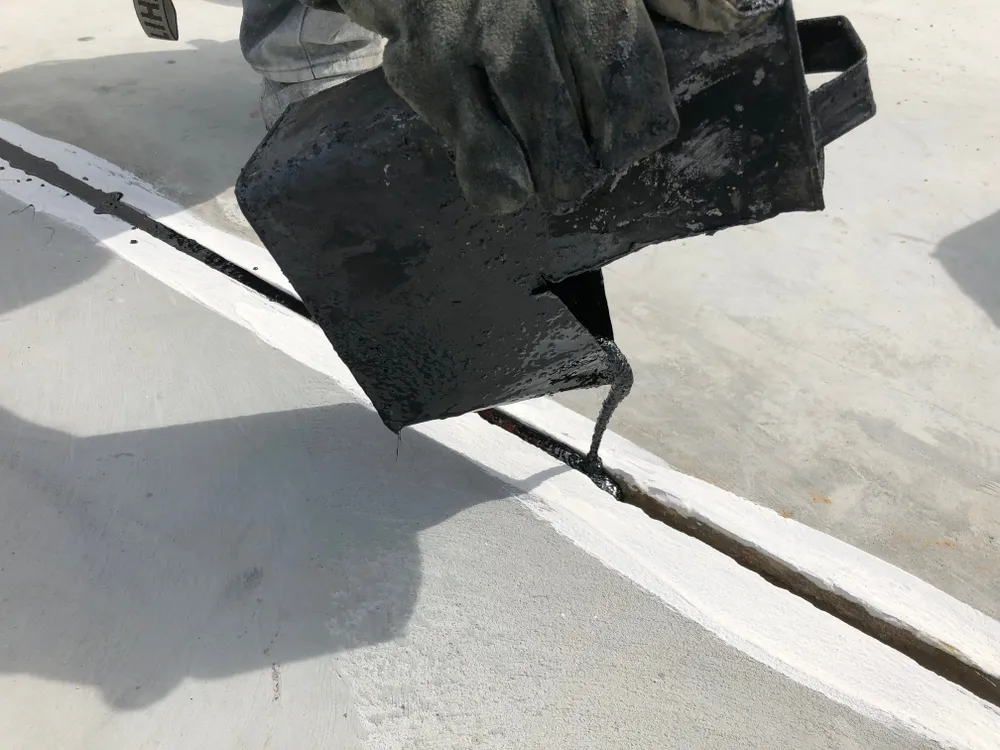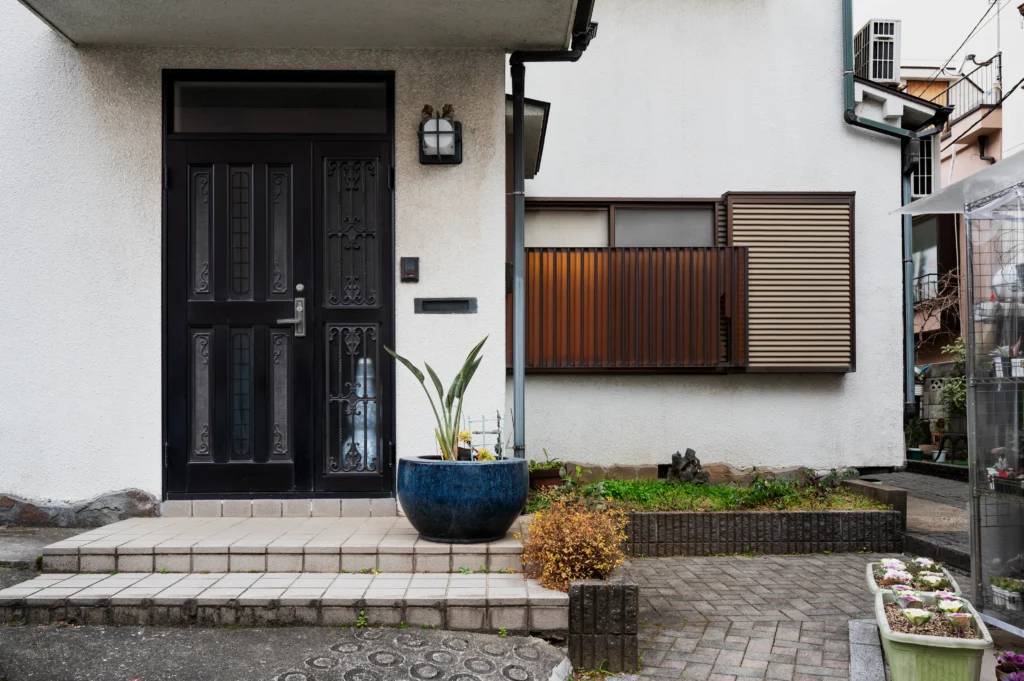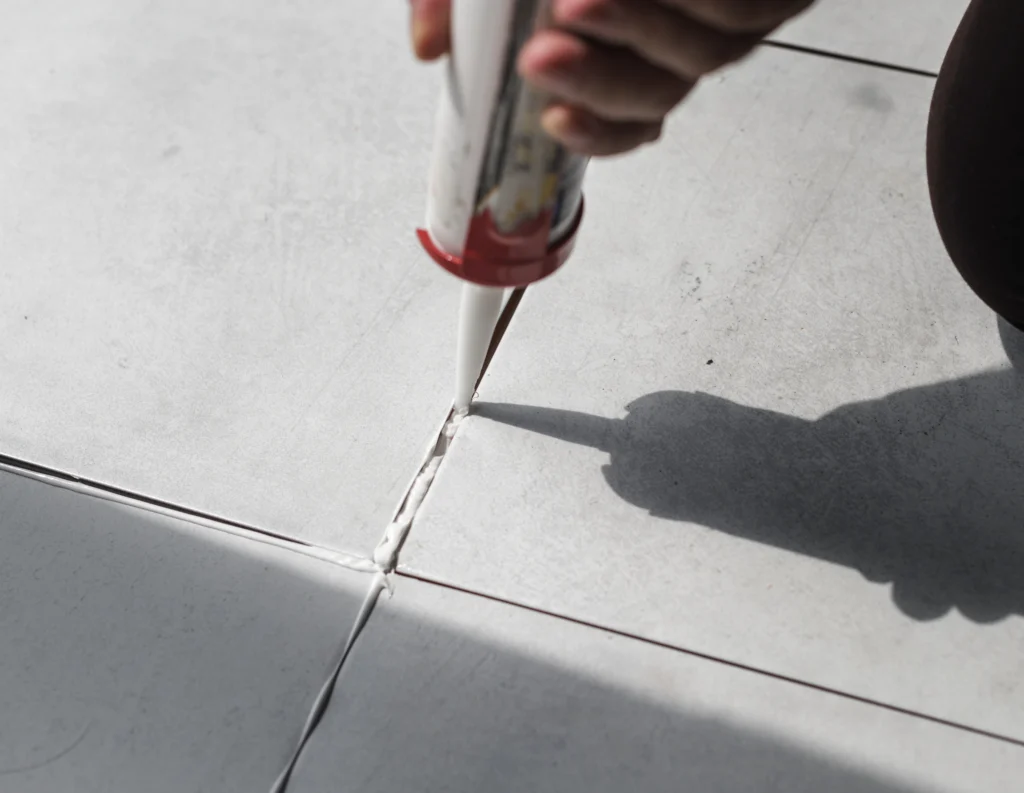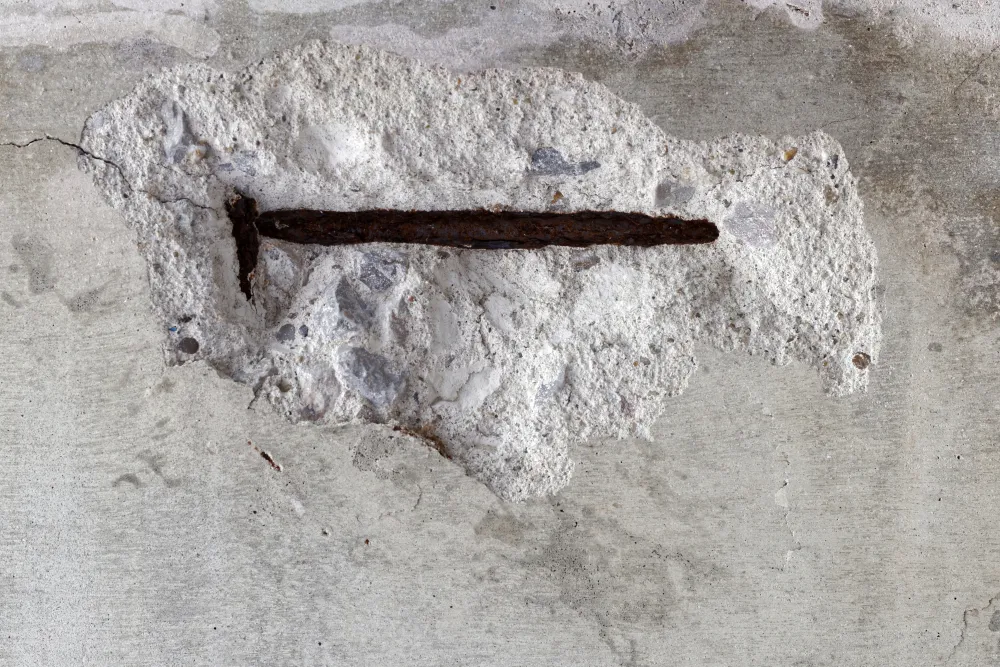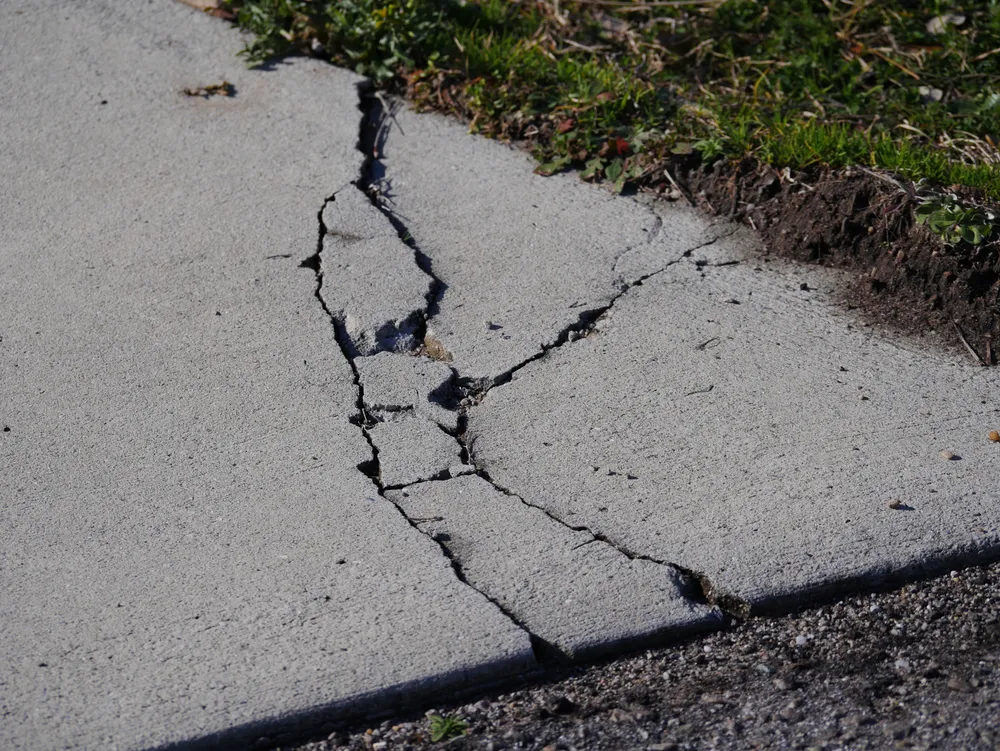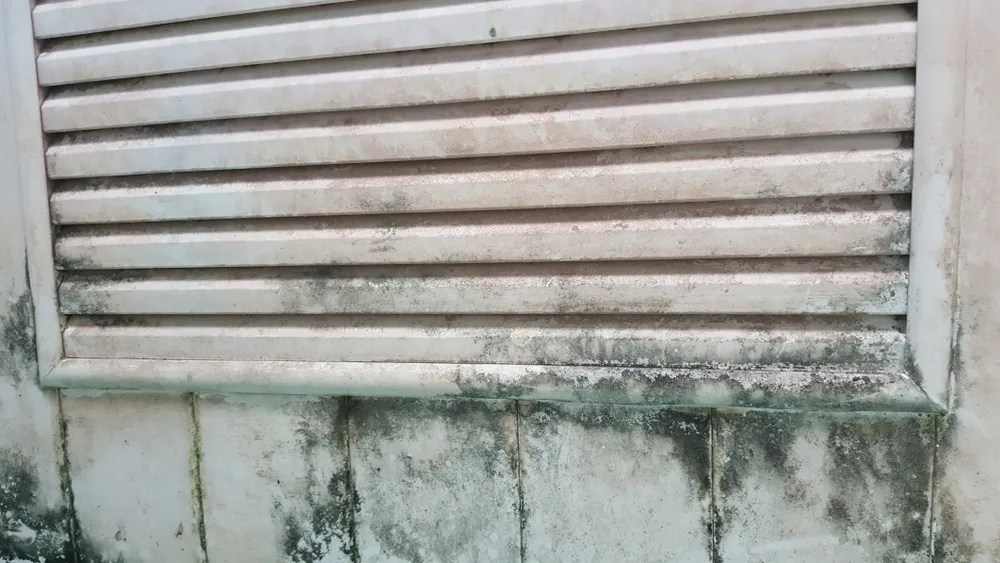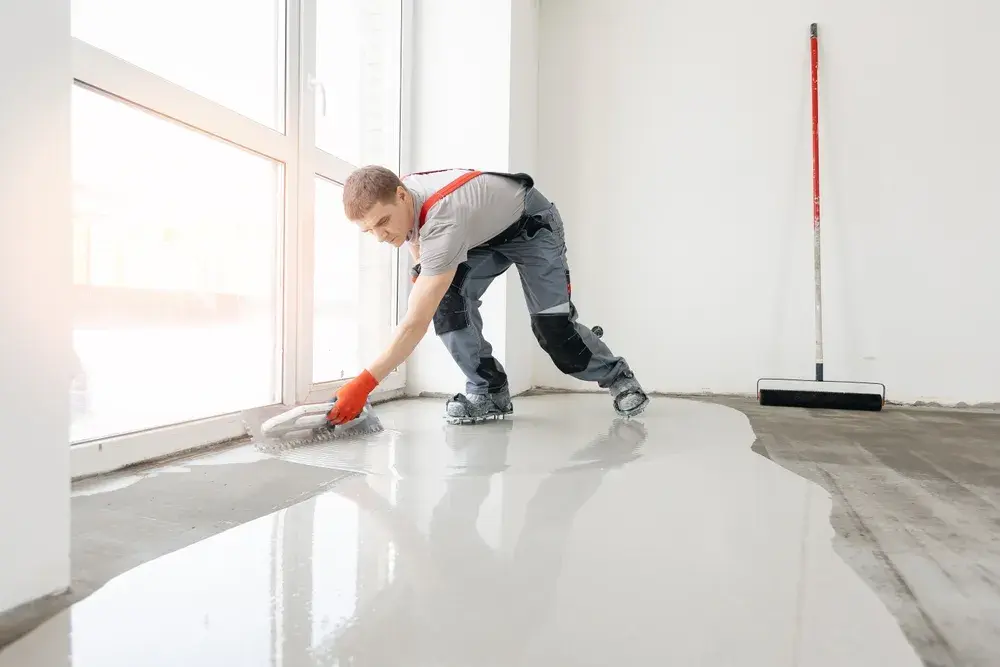All About Concrete Resurfacing
Concrete surfaces are a significant investment in any property, offering durability and a sleek appearance when new. However, over time, even the toughest concrete will show signs of wear and tear, such as cracking, pitting, and discoloration. Concrete resurfacing is not just a maintenance technique but a renovation strategy that restores old concrete to its former glory or even enhances it beyond its original condition. Understanding Concrete Resurfacing What is Concrete Resurfacing? Concrete resurfacing involves covering up an existing concrete surface with a new layer of material, typically a high-quality polymer-modified overlay. This method is perfect for surfaces still structurally sound but cosmetically damaged. The Benefits of Concrete Resurfacing Cost-Effectiveness: Resurfacing is significantly more affordable than tearing out and replacing old concrete. You save on materials and labor and avoid the disposal of old concrete. Time-Saving: Resurfacing projects are usually quick. Most residential jobs can be completed in a couple of days, minimizing disruption to your routine. Aesthetic Flexibility: Modern resurfacing materials come in various colors and textures, allowing customization to fit any design theme. Techniques like stamping or staining can mimic the look of natural stone, brick, and more. Durability: Resurfacing compounds are designed to withstand harsh weather, UV light, and heavy traffic, making them a durable option for restoring old concrete. The Evolution of Concrete Technology The technology behind concrete resurfacing has evolved significantly. Today’s products are far superior in terms of their adhesive qualities, durability, and aesthetic options compared to those available a decade ago. This advancement allows for restoration and customization of the concrete surface at a fraction of the cost of replacement. Comprehensive Benefits of Concrete Resurfacing Environmental Impact: Resurfacing uses less material than replacing the entire slab, making it a more eco-friendly option. Increased Property Value: A well-maintained and visually appealing concrete surface can increase the property value, making it a wise investment for property owners. Safety Improvements: Resurfacing can correct uneven surfaces, reducing trip hazards and improving overall safety. The Process of Concrete Resurfacing Detailed Steps Involved Assessment: A thorough assessment of the existing concrete is necessary to determine if resurfacing is viable. Preparation: The existing surface is prepared by cleaning and repairing any significant cracks or damage to ensure the resurfacing material adheres properly. Mixing and Application: The resurfacer is carefully mixed and applied to the old concrete, where it forms a strong bond that revitalizes the appearance and functionality of the surface. Finishing Touches: Techniques such as texturing or adding decorative patterns are applied before the material sets. Types of Resurfacing Materials Exploring Options Polymer-modified Overlays: These are the most common materials used for resurfacing and are known for their strength and versatility. Stamped Overlays: Ideal for adding a decorative touch, stamped overlays can mimic the look of brick, stone, and other natural materials. Micro-toppings: Offering a more subtle finish, micro-toppings are excellent for indoor surfaces where a complete transformation is not necessary. Real-Life Applications Residential: Driveways, garages, and patios are commonly resurfaced to enhance curb appeal. Commercial: Businesses often resurface walkways, entryways, and parking lots to improve aesthetics and safety. Industrial: In industrial settings, resurfacing is used to repair and strengthen floors that must withstand heavy machinery and high traffic. Beyond Basic Colors and Patterns Graphic Inlays: Advanced techniques allow for the incorporation of logos and artwork directly into the resurface layer. Reflective Finishes: These can improve lighting in darker areas and add a unique aesthetic element to the surface. Integrated Safety Features: Non-slip additives and reflective markings can be included to enhance safety in high-traffic areas. FAQs What is the best time of year to resurface concrete? A: Spring or fall are ideal, as moderate temperatures ensure proper curing of the resurfacing material. Can resurfacing fix all types of concrete damage? A: Resurfacing is ideal for cosmetic repairs and minor structural flaws. Major issues like deep cracks or foundation problems may require more intensive repairs. How do I maintain my resurfaced concrete? A: Regular cleaning and periodic sealing will protect the surface and extend its life. Avoid harsh chemicals that can degrade the sealant. What are the limitations of concrete resurfacing? A: While versatile, resurfacing cannot correct underlying structural issues, and it requires a relatively intact base concrete to adhere to. How does weather affect resurfacing? A: Extreme temperatures and moisture can affect the curing process and the final outcome. It’s crucial to resurface under optimal weather conditions. Conclusion Concrete resurfacing offers a blend of aesthetic versatility, cost-effectiveness, and longevity, making it an attractive choice for property owners looking to upgrade their concrete surfaces. By understanding the detailed processes and options available, you can make informed decisions about the resurfacing project that best suits your needs. Whether revamping a residential patio or a commercial walkway, concrete resurfacing restores functionality and injects a fresh aesthetic appeal into your property.
All About Concrete Resurfacing Read More »

